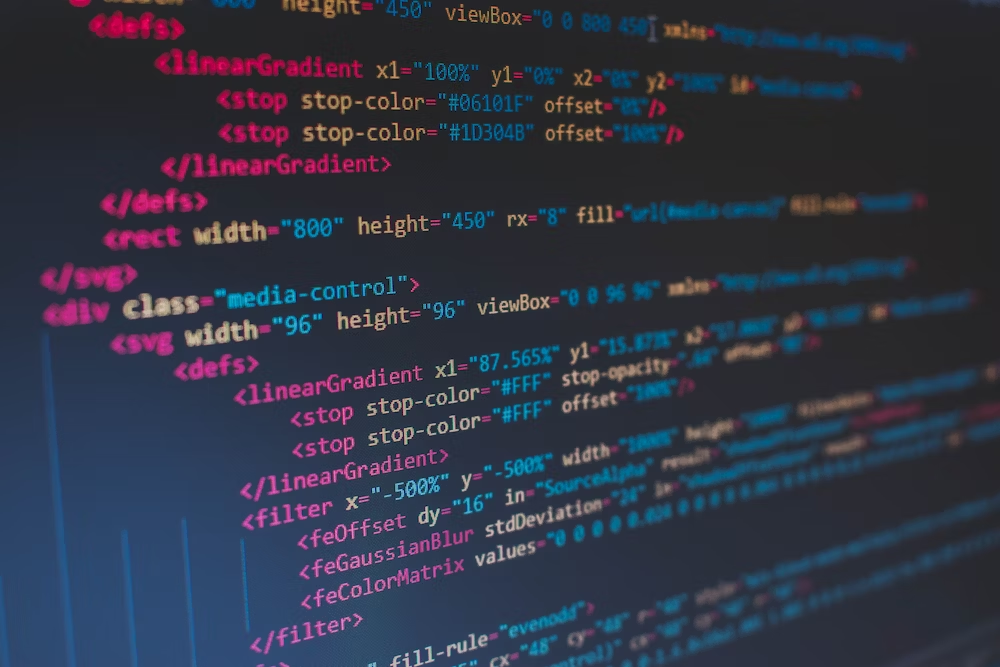
What is Programming?
Programming languages enable developers to create software, applications, websites, and other digital solutions by specifying algorithms, data structures, and control flow. Each programming language has its own rules, keywords, and conventions for expressing logic and manipulating data.
How many coding languages are there?
There are hundreds of programming languages in existence, each with its own syntax, semantics, and purpose. Some programming languages are widely used and have large developer communities, while others are more specialized and niche-specific.
Here are a few examples of popular programming languages:
Python: Known for its simplicity and readability, Python is widely used in web development, data analysis, artificial intelligence, scientific computing, and automation.
**Java: **A versatile language used for building enterprise-level applications, web servers, Android mobile apps, and large-scale distributed systems.
JavaScript: The primary language for web development, JavaScript is used for building interactive web pages, dynamic web applications, and server-side development with Node.js.
C++: A powerful language used for system programming, game development, high-performance applications, and embedded systems.s **C#: **Developed by Microsoft, C# is commonly used for building Windows applications, web services, and games using the Unity game engine.
Ruby: Known for its elegant syntax and developer-friendly features, Ruby is used primarily for web development with the Ruby on Rails framework.
PHP: A server-side scripting language used for building dynamic websites, content management systems (CMS), and e-commerce platforms.
Swift: Developed by Apple, Swift is used for building iOS, macOS, watchOS, and tvOS applications.
**R: **A language and environment for statistical computing and data analysis, widely used in academia, research, and data science.
SQL: A language used for managing and querying relational databases, essential for data storage and retrieval in many applications.
Conclusion:
These are just a few examples, and there are many more programming languages tailored to specific domains, platforms, and purposes. The choice of programming language depends on factors such as project requirements, community support, performance considerations, and personal preference.




